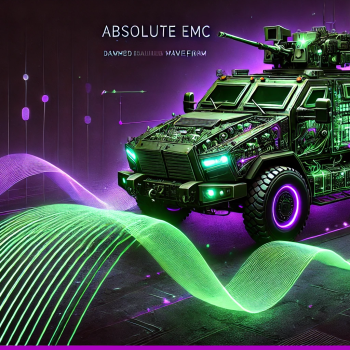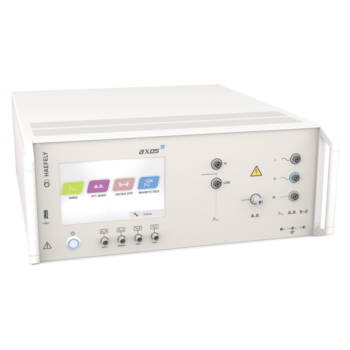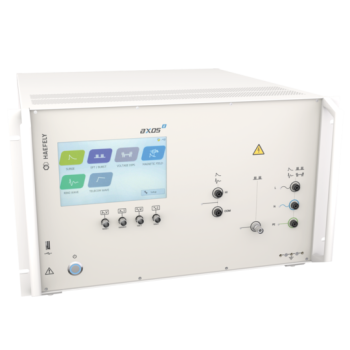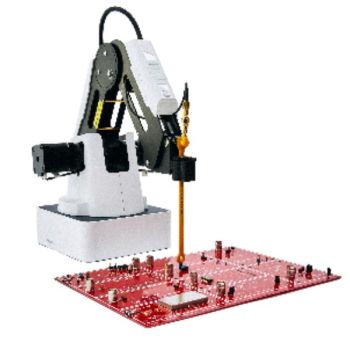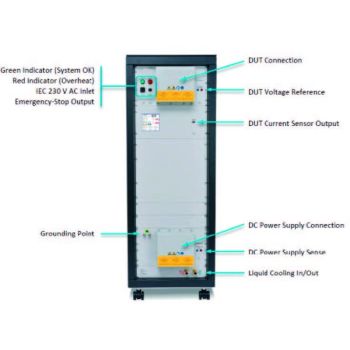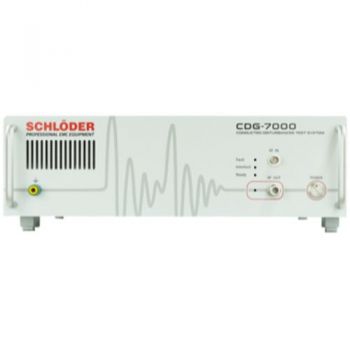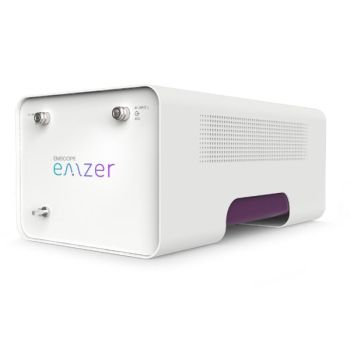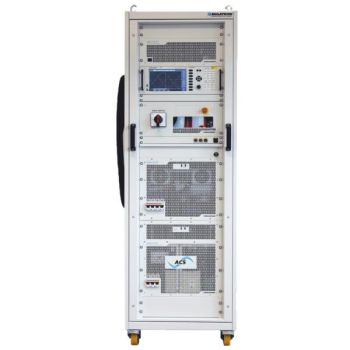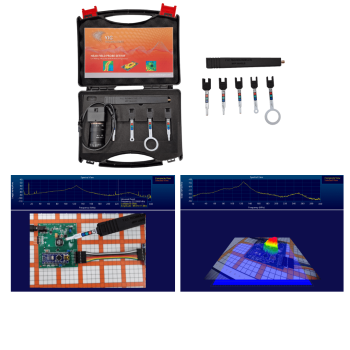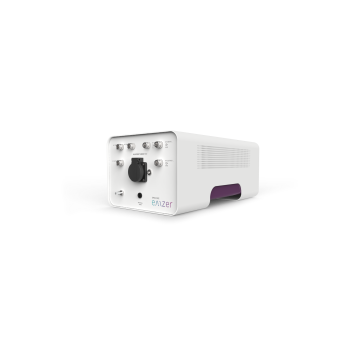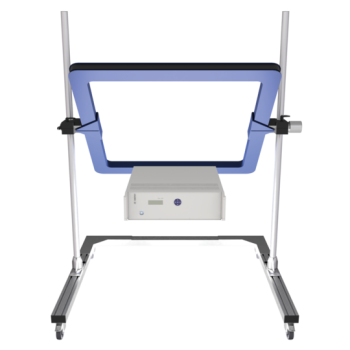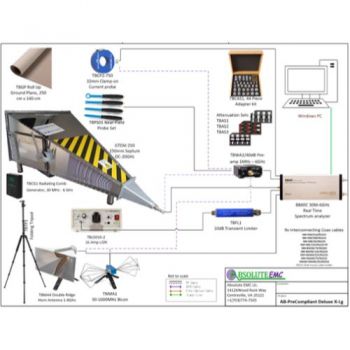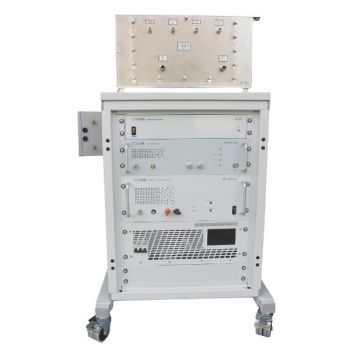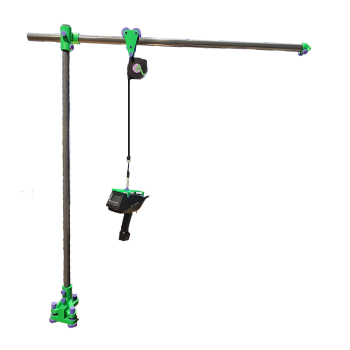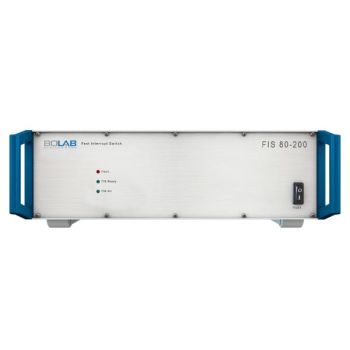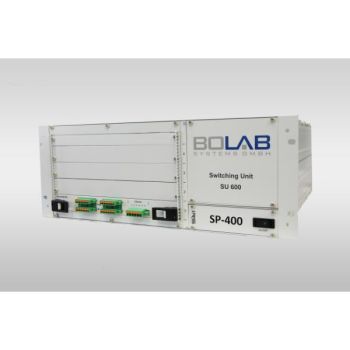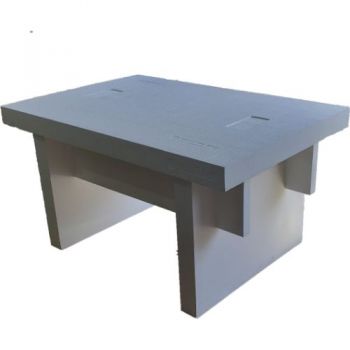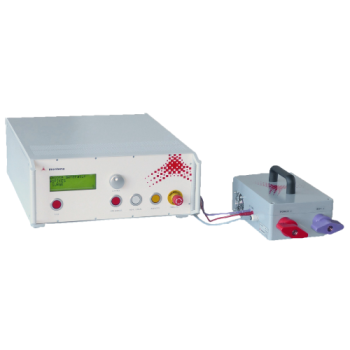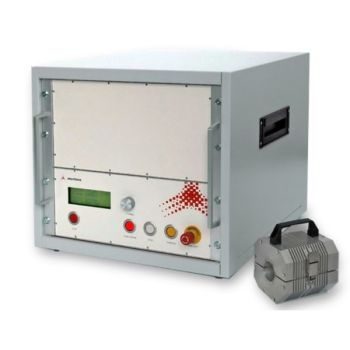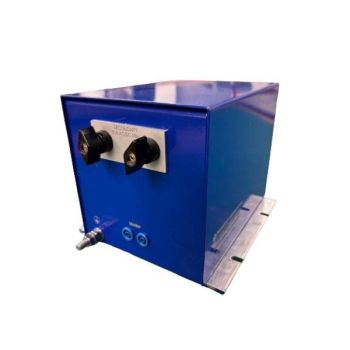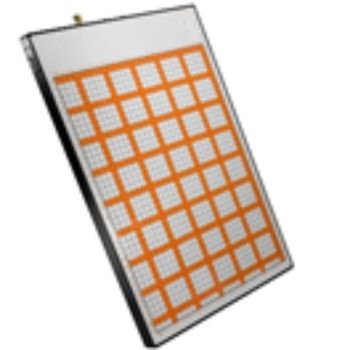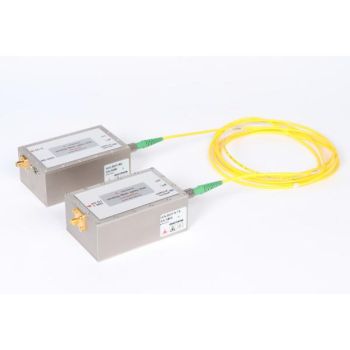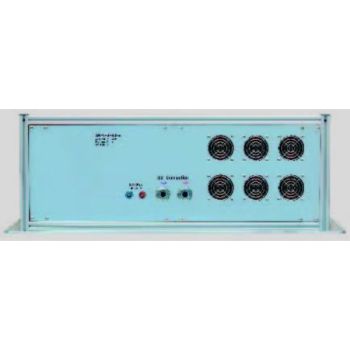Understanding CS116 of MIL-STD-461: Background, Phenomena, and Testing Requirements
Electromagnetic compatibility (EMC) and electromagnetic interference (EMI) are of critical importance in military and aerospace applications, where reliable performance in harsh electromagnetic environments is paramount. One of the key subsections in the MIL-STD-461 standard is CS116, which outlines testing requirements for conducted susceptibility due to damped sinusoidal transients on electrical and electronic equipment. This article explores the background of CS116, the phenomena it simulates, and how it compares to other relevant standards in the industry.
1. Background of MIL-STD-461 and CS116
MIL-STD-461 is a comprehensive U.S. military standard that establishes electromagnetic interference (EMI) and electromagnetic compatibility (EMC) requirements for subsystems and equipment. Within MIL-STD-461, the CS (Conducted Susceptibility) tests verify that electrical and electronic equipment can withstand specific conducted electromagnetic disturbances.
- CS116 focuses on damped sinusoidal transients applied onto the power and interconnecting cables of a device under test (DUT).
- The transient pulses specified in CS116 are intended to represent various electromagnetic phenomena encountered in military environments, such as electromagnetic pulse (EMP) events and switching transients from high-power machinery or lightning-induced effects.
By applying these pulses, CS116 verifies that the equipment has adequate filtering, protective circuits, and design robustness to prevent malfunction or damage when subjected to high-level transient disturbances.
2. Phenomena Simulated by CS116 Pulse Levels
CS116 pulse levels are chosen to simulate:
- Electromagnetic Pulse (EMP):
- High-intensity pulses are generated by nuclear or non-nuclear EMP sources.
- The transient specifies a short-duration, high-voltage, high-current waveform that can couple into cables and internal circuits.
- Switching Transients:
- Rapid changes in current or voltage due to switching high-power electrical loads, such as motors, actuators, or pulsed power systems.
- These events can induce damped sinusoidal pulses in adjacent cabling and systems.
- Lightning-Induced Transients (in certain cases):
- Lightning strikes or nearby lightning events can generate damped sinusoidal pulses, although MIL-STD-461 typically has separate requirements for lightning.
- CS116 ensures at least partial coverage for lower-level transient environments.
Overall, the pulse levels specified in CS116 are moderate when compared to the raw environment levels but are high enough to validate the presence of effective filtering and transient suppression within the equipment.
3. Comparison to Other Related Standards
3.1 IEC 61000-4-18
- This IEC standard describes oscillatory wave immunity testing for equipment typically used in commercial and industrial applications.
- Like CS116, IEC 61000-4-18 focuses on damped oscillatory transients, though the waveforms and test levels may differ, reflecting different compliance needs for civilian versus military environments.
3.2 MIL-STD-188-125-1/2
- Addresses high-altitude electromagnetic pulse (HEMP) protection for fixed and transportable ground-based systems.
- Testing levels here can be much higher than CS116, reflecting scenarios where system-level defenses against a nuclear EMP are paramount.
- This standard test filters for Shelters from which the EMP pulse needs to be attenuated to CS116 levels or lower.
3.3 MIL-STD-464
- Provides general guidelines for electromagnetic environmental effects (E3) on military platforms and systems. Whole vehicles, aircraft, ships, and building installations.
- Serves as an overarching document that references MIL-STD-461 requirements, including CS116, for detailed test specifics.
4. System-Level Testing vs. CS116 Levels
CS116 typically mandates 10 A peak levels (depending on the test setup and cable impedance), assuming that system-level filtering and protective devices reduce the highest possible EMP or transient surges to a more manageable current. In contrast, system-level testing (e.g., MIL-STD-188-125 or specialized HEMP tests) often involves much higher levels that simulate the raw, unmitigated EMP environment. For no-fail scenarios—such as command-and-control centers, critical communication nodes, or mission-critical electronics—engineers design robust filters and protective circuits that reduce extreme pulses to the lower levels specified in CS116.
5. Why Six Frequencies in CS116—and Is That Enough?
CS116 typically defines six discrete test frequencies spread between a lower and upper limit. The rationale:
- Covering Minimum and Maximum Frequencies: Ensures a representative range of damped oscillatory transients from low to high frequency within the equipment’s operational bandwidth.
- Practical Testing Time: Testing fewer frequencies is often a compromise for time efficiency and consistency.
However, in reality, transients can occur at any frequency within the range. Hence, relying on only six frequencies may not perfectly represent the full spectrum of potential threats. To address this shortfall:
- POG-CS116 solutions from Montena Technologies and Absolute EMC can test up to 17 individual frequencies, significantly improving confidence.
- The increase in discrete test frequencies enhances the probability of identifying vulnerabilities, leading to a higher battlefield survivability profile.
6. Test Levels: Going Beyond 10 A
In some environments, a higher-level EMP protection is warranted:
- Increased System Robustness: Higher test levels demonstrate better resilience under severe conditions, especially for critical military or aerospace equipment.
- No-Fail Mission Requirements: Defense and aerospace applications often require electronics to operate reliably post-exposure to extremely high-current pulses.
For example, test systems like PG-C201 or PG-C202 allow operators to increase CS116 test currents from 10 A to +7 dB above the standard levels or even up to 300 A in short bursts. These elevated levels provide assurances that the equipment can continue functioning during catastrophic electromagnetic events or worst-case transients.
7. Planning for the Unknown
Military adversaries and environmental factors are not limited to standardized waveforms. To bolster readiness:
- Additional Frequencies and Higher Levels: By introducing more test points and raising the current amplitude, engineers test for a broader set of potential transients, reducing unanticipated failures.
- Flexibility in Design: Products built with robust design margins tend to survive not only known threats but also emergent or evolving threats.
Though standards like MIL-STD-461, MIL-STD-464, and MIL-STD-188-125 guide critical testing thresholds, random higher-level tests outside the standard give engineers and stakeholders an extra measure of assurance. In truly critical systems, overbuilding to handle levels beyond the basic standard requirements can be the difference between mission success and failure.
8. Conclusion
CS116 in MIL-STD-461 is a cornerstone test method for verifying that military and aerospace equipment can handle damped sinusoidal transients. While the standard specifies six discrete frequencies and moderate current levels, real-world conditions may necessitate more granular frequency testing and higher test levels. Aligning with other standards such as IEC 61000-4-18, MIL-STD-188-125, and MIL-STD-464 ensures comprehensive coverage of electromagnetic threats. Ultimately, organizations seeking no-fail performance in mission-critical applications should consider:
- Robust design and filtering for higher-level transients.
- Testing with additional frequencies to ensure coverage throughout the entire spectrum.
- Elevated test currents to simulate worst-case electromagnetic scenarios.
Such an approach provides greater confidence that systems will remain functional and reliable, even under the most extreme and unpredictable electromagnetic environments.
